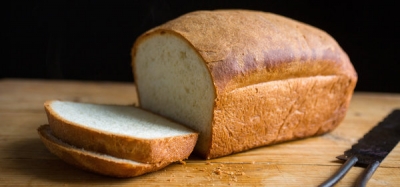
Thousands of years ago, the Egyptians discovered that it was the yeast which made bread rise and so they were the first people to produce a ‘yeast-raised’ bread.
Yeast is a one-celled plant, so small that it cannot be seen without a microscope. As yeast plants grow and reproduce, they form two substances called ‘enzymes’, invertase and zymase. These enzymes help to change starch to sugar and sugar to alcohol, carbon dioxide and energy.
This energy producing process is called ‘fermentation’. The carbon dioxide formed is a gas which man may use in a number of ways; one of which is baking, particularly bread.
Modern breadmakers add yeast and sugar to the dough as they make it. The starch and sugar in the bread dough serve as food for the yeast. Carbon dioxide is given off and forms bubbles inside the loaf. Heat from the oven causes the gas to expand. This makes the bread rise even more. Finally, the heat drives off the carbon dioxide, and it leaves a light, dry loaf.
|
Fact File The first bread was made in Neolithic times, nearly 12,000 years ago, probably of coarsely crushed grain mixed with water, with the resulting dough probably laid on heated stones and baked by covering with hot ashes. |
Picture Credit : Google

